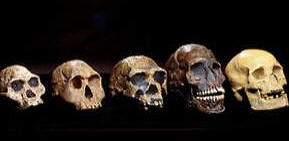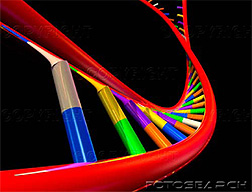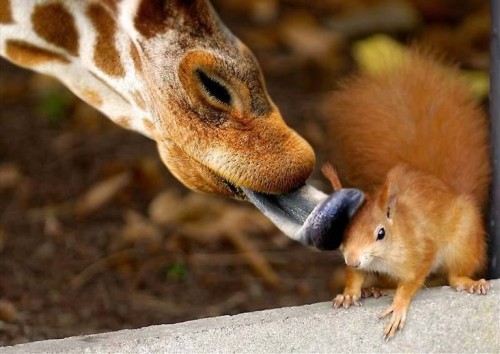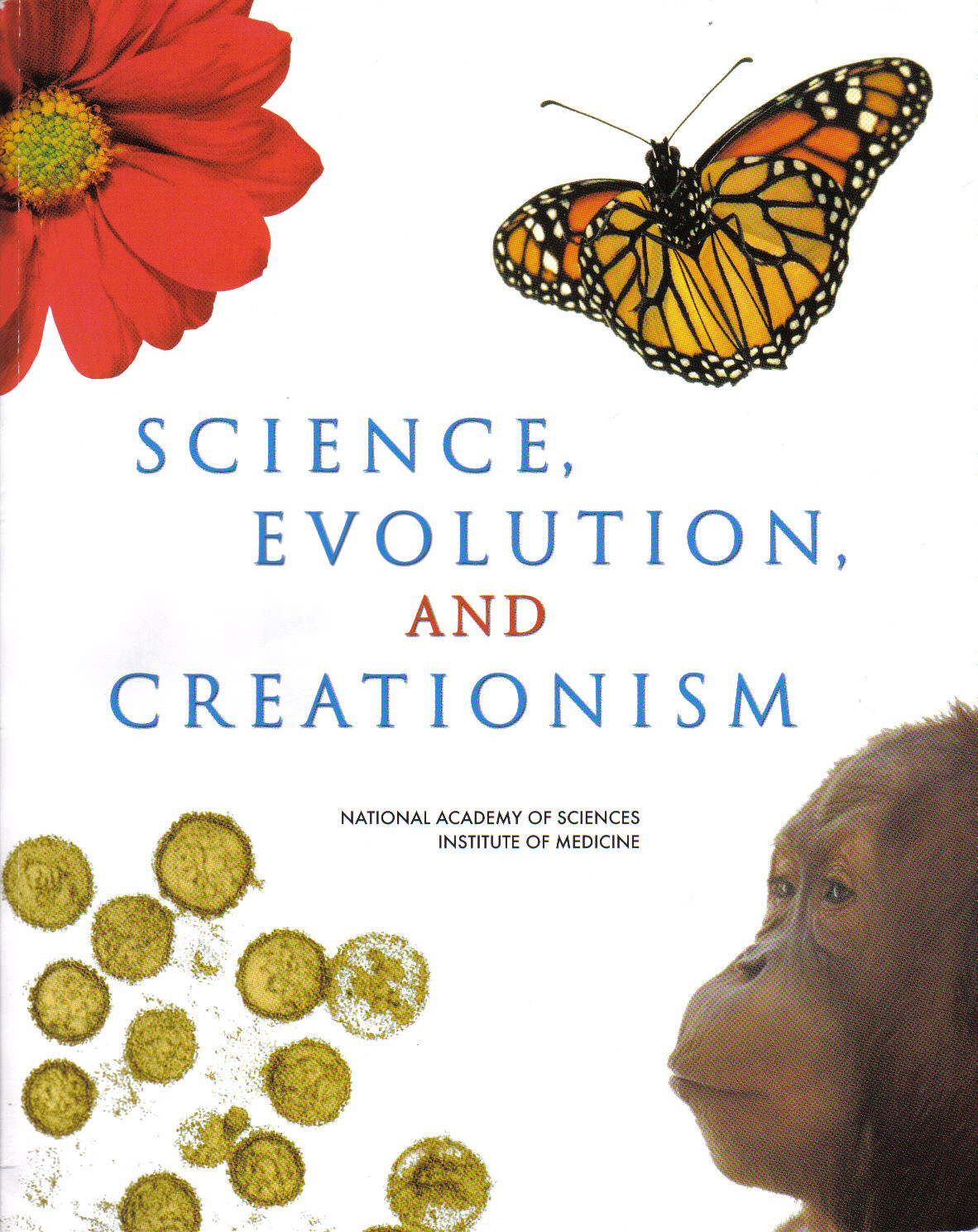 |
 |
 |
 |
| EVOLUTION | MATTER & ENERGY | INFORMATION | INTERACTIONS |
 |
 |
 |
 |
| EVOLUTION | MATTER & ENERGY | INFORMATION | INTERACTIONS |
|
|
||||||||||||||||||||||||||||||
Changes/alignment to 2019-2020 CED
 |
What do scientists think? Proceedings of the National Academy of Sciences book- Science, Evolution, and Creationism Links allow you to read online, order book, or free download it. |
| MONDAY 3/19 | TUESDAY 3/20 | WEDNESDAY 3/21 | THURSDAY 3/22 | FRIDAY 3/23 | SAT 3/24 | ||
|
TEST- METABOLISM |
FRQs in class REFRESH YOUR "BIO BRAIN" See to do list You learned about EVOLUTION in BIO/HONORS BIO We are NOT going to spend class time going over the BASICS. If you don't remember.... refresh your "Bio Brain" outside of class HW: SEE TO DO LIST WATCH: How Does Evolution Really work? complete BILL?’s by TOMORROW Watch 2 min video convergent vs divergent evolution and complete Patterns of evolution Bio review due MON 4/9 |
Bill Notes- TED talks-Five fingers of Evolution EK 1.A.1.g FILL IN BILL -5 fingers HARDY & WEINBERG HW: First 5 Hardy Weinberg Problems due MON Finish rest of HW packet by WED 4/4 |
NO SCHOOL
|
EARTH HOUR
Turn off your lights from 8:30 - 9:30 pm to show your support for the planet Video Video-10th anniversary |
|||
| MONDAY 3/27 | TUESDAY 3/28 | WEDNESDAY 3/29 | THURSDAY 3/30 | FRIDAY 3/31 | SAT/SUN | ||
Stanley Miller's B-DAY Video Bozeman videos Hardy Weinberg equation Solving Hardy Weinberg Problems Hardy Weinberg Punnett Square HW: First 5 Hardy Weinberg Problems due tomorrow Finish rest of HW packet by WED 4/4 "Old" Lab 8 PTC sampling Collect data PTC lab EK 1.A.1.f, EK 1.A.3; SP1 HW: SEE TO DO LIST |
Finish first 5 HW problems
by today SELF CHECK IN CLASS
Case I & II Data sheet Population Modeling EK 1.A.1.f, EK 1.A.3; SP1 HW: SEE TO DO LIST Hardy Weinberg Problems due WED 4/4 |
Old Lab 8 Case III & IV Old Lab 8 data sheet EK 1.A.1.f, EK 1.A.3; SP1 HW: SEE TO DO LIST LAB 8 DUE Hardy Weinberg Problems due WED 4/4 |
NO SCHOOL SPRING BREAK  |
NO SCHOOL SPRING BREAK  |
|||
| MONDAY 4/2 | TUESDAY 4/3 | WEDNESDAY 4/4 | THURSDAY 4/5 | FRIDAY 4/6 | SAT/SUN | ||
|
NO SCHOOL |
|
Hardy Weinberg problem packet due Juniors gone for testing We watched Your inner reptile Seemore Your Inner fish Your InnerMonkey HW: BILL- SEE TO DO LIST Watch Origin of Life & Abiogenesis videos, answer BILL ?'s by FRIDAY |
Juniors gone for testing
Bozeman video-Genetic Drift
BILL practice-Reproductive barriers |
TURN IN Lab 8 PTC/Cases I-IV data sheets/?'s Patterns of evolution Bio review DUE BILL practice-Reproductive barriers self check Watch Origin of Life & Abiogenesis videos, answer BILL ?'s by today Bozeman video- Speciation Speciation and Extinction
Blue People of Kentucky
|
|||
| MONDAY 4/9 | TUESDAY 4/10 | WEDNESDAY 4/11 | THURSDAY 4/12 | FRIDAY 4/13 | SAT/SUN | ||
|
Bozeman Biology Comparing DNA Hands on Phylogeny From Madhav Nepal Genetic drift vs gene flow?
CLADOGRAMS
|